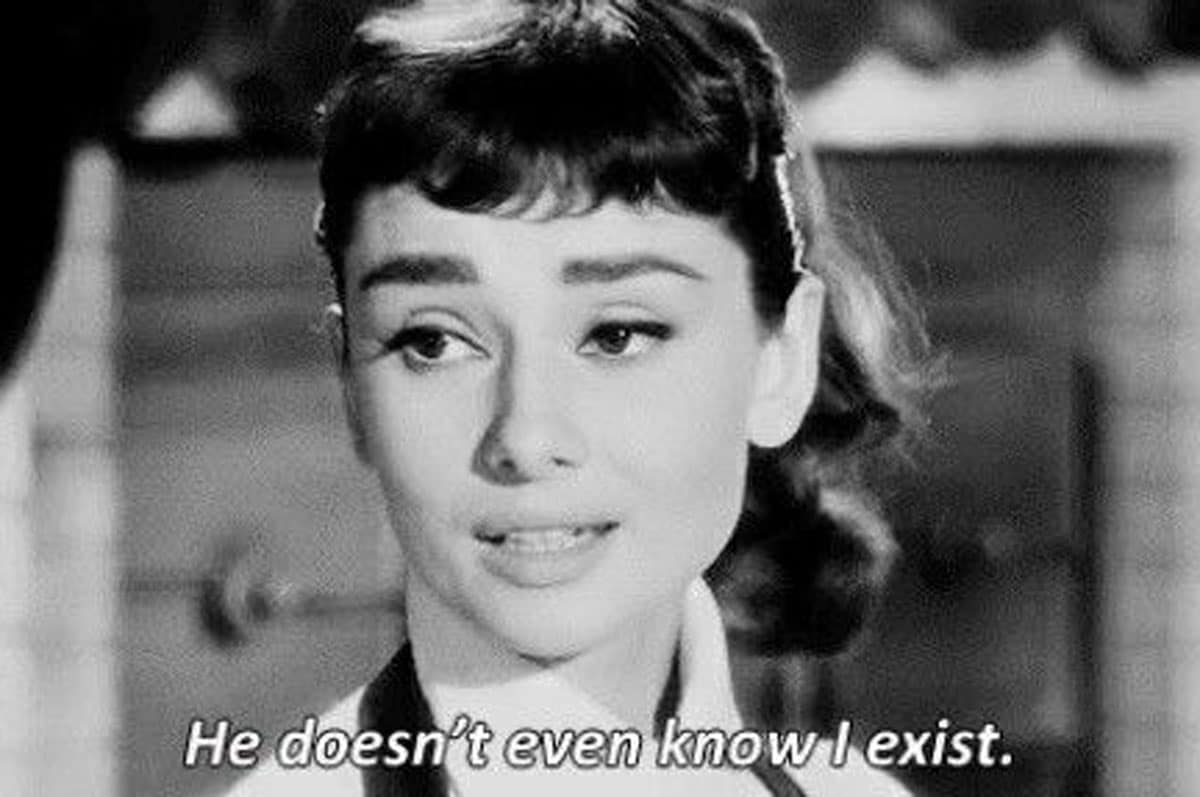
Diversity and inclusivity in the entertainment and film industry is a battle that has been fought – and continues to be fought – in the perpetual face of sexism and prejudice. It's a historic and systemic issue that has seen minorities underrepresented and undervalued. If you were under the assumption that this is an issue of the past, we only need to look to a recent BBC study in 2018, that uncovered that just under half of the films named Best Picture at the Oscars at the time met the basic requirements of the monumental Bechdel Test. Unfamiliar with the term? Here, we unpack exactly what the Bechdel test is and how it can hold the entertainment industry accountable.
The Bechdel Test was first conceptualised by cartoonist, Alison Bechdel, in a 1985 sketch titled, The Rule – as a part of her extremely successful comic strip, Dykes to Watch Out For. The tongue-in-cheek graphic novel was created with the intention of critiquing the lack of female representation in fiction, featuring two female characters discussing their experience of attending the movies. One character reveals that she only watches new releases that have at least two female characters in it who speak to each other about something besides a man. It was this initial comedic conversation that would then form the universal gauge of gender equality in film.
The cartoon established and inspired three extremely simple, and achievable requirements for a film to pass the Bechdel Test. A movie must have at least two female characters, they must both have names and they must have a conversation with one another about something other than a male, or relating to a male. It almost seems impossible to be unsuccessful, however, unsurprisingly three Best Picture nominations in 2020 – The Irishman, Ford v Ferrari and 1917 – all failed.
The most common critique of the Bechdel Test is that it cannot guarantee the quality of well-developed female character representation. While it isn't a measure of how good or 'feminist' a film is, it does hold the industry accountable and functions as a useful tool for highlighting just how often the entertainment industry excludes women from meaningful dialogue and on-screen interaction.
Where to from here? In 2017, the data-driven site, FiveThirtyEight set out on a mission to launch a campaign for the next Bechdel Test. Almost thirty years on from the inception of the original test, FiveThirtyEight asked more than a dozen women in film and television to devise new ways of calculating gender and racial imbalance. Their responses touched on all aspects of the entertainment industry, from representation behind the camera, to problems faced by women of colour, and of course, the age-old tale of stereotypical and meaningless on-screen characterisation.
To read more about the in-depth testing FiveThirtyEight has employed both on, and off the screen, head to the organisation's website.
Image: Pinterest



